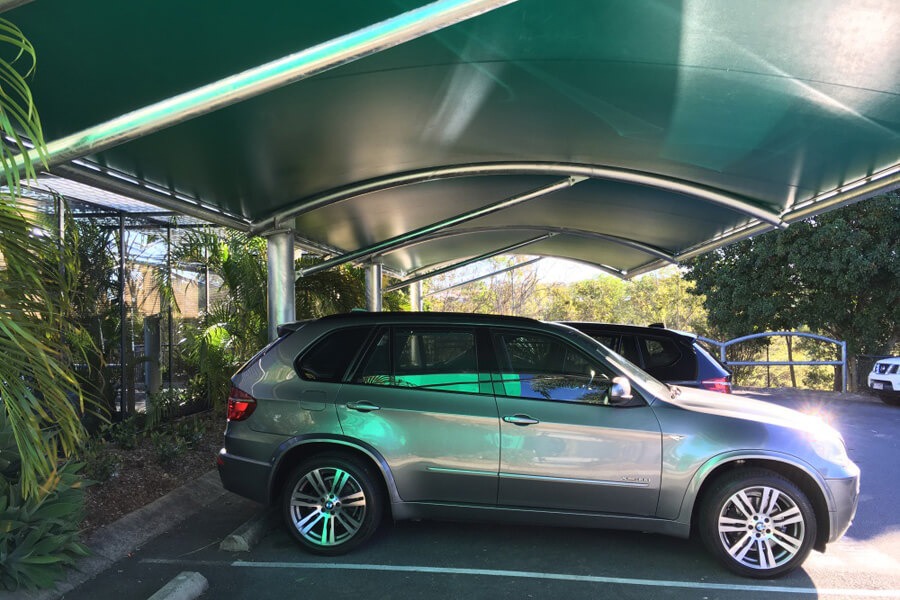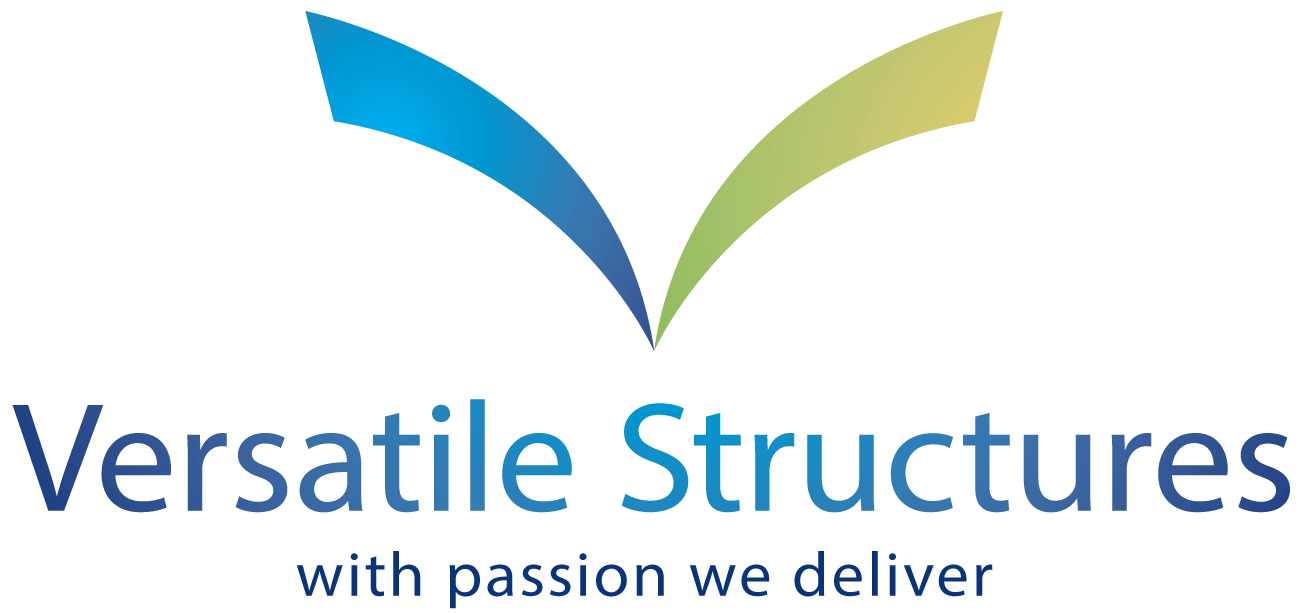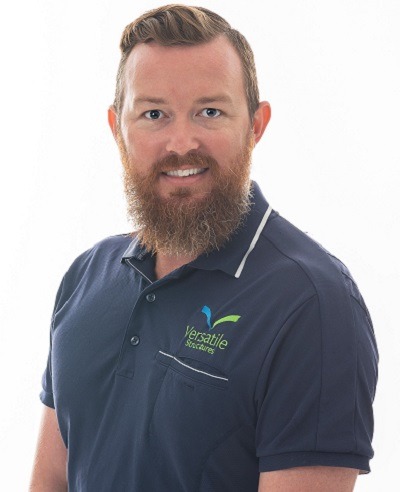YOU ARE HERE:

Carpark Shade Structures
Jamie Howard In Shade Structure
Carpark Shade Structures, a worthy investment.
When Designed correctly they are robust and attractive!
Why our Carpark Shade Structures are best
- Reinforced and Adequate Footings.
- Footings are the most critical element of a structure, See earlier posts in our blog.
- Footings must be engineered and take into account specific soil conditions of the site during the design process.
- Locating existing services can save all parties allot of hassle when it comes to the excavation of the footings, this is why we will always recommend a independent location service is included with your project
- Properly engineered and coated steelwork. Ensuring adequacy of steelwork is fundamental in our approach throughout the design process, without correctly engineered members, your structure is at risk of failure during stormy conditions.
- Taking into account site specific conditions, such as
- Wind Region
- Terrain Category
- Footing Details
- Localised conditions not covered by standard engineering formats.
- Connection details for the steelwork, ensuring the following is considered so the members can transfer the loads into the ground.
- Adequate details for transferring the loads whilst maintaining a uniform and streamlined look.
- Size of plates and load calculations to resist bending and twisting of plates throughout their life
- Adequacy of Bolts to resist the loads exerted through the member into the plates, held together by the bolts.
- Membrane or shade sail attachment to the members, should limit penetration into the steelwork if not avoid it completely. This will protect the steelwork from corrosion throughout the life span. Load calculations must also be completed to ensure the member can resist the tensioning forces of the membrane without deforming to an unrealistic level
- Steelwork coating options though vast in their options should be given high levels of thought before deciding to proceed with an option. Location specifics are particularly important.
- Hot Dipped Galvanizing: Long lasting and highly durable, best of all cost effective.
- Aesthetic appeal is low as it is not uniform in appearance and dull to shiny grey
- Warranties from 5 years – 25 years are common depnding on environmental conditions.
- Powderocatiing: The most diverse coating in quality and longevity of all coatings. Powdercoating is generally a cost effective option for adding colour to steelwork, however if not completed properly it can be very costly to recoat and in some cases not possible at all once installed.
- Warranty options are not generally available for standard systems. However we have some powdercoating options that come with up to a 10year warranty period on steel and 25 years for aluminium.
- Aesthetic Appeal is high and generally smooth in appearance.
- Just because you are being advised you are getting powdercoated steelwork does not mean that you are getting the above system. Each process has a cost so if our coating price looks more expensive ask us the questions and let us explain to you what have allowed for so you can compare with the other quotations you have received.
- Ensure your powdercoated steelwork receives a class 2.5 blast at minimum then a primer coat, and powdercoat after this.
- 2Pac: Long lasting colour coating systems.
- Standard systems are priced similar to powdercoat systems of the same quality level.
- Warranty available generally between 5 years – 15years and in some cases longer for extra high durability systems, though cost can be quite high.
- Colour options are unlimited as the paint can be matched to any PMS colour you require.
- Paint naturely cures in ambient temperature to achieve an even appearance and high quality finish. Not automotive finish for structural steelwork though.
- Steelwork is Sand blasted to Class 3: Primed and painted in a high durability 2 Pac System.
- HDG + 2Pac: Often used for council projects in coastal areas.
- Warranty not available though the process is believed to be the most superior of all systems available today.
- Coating is uniform in appearance from a distance, though on close inspections all imperfections from the galvanizing process will be visible.
- Primer and topcoat are then added to provide a coloured finish.
- Steel is whip blasted and rough edges taken off after Galvanizing process.
- HDG protects the steel substrate and 2 Pac paint provides the colour.
- Hot Dipped Galvanizing: Long lasting and highly durable, best of all cost effective.
- Taking into account site specific conditions, such as
- Minimum Height Requirements and site specifics.
- All too often carpark shade structures can be damaged by vehicular impacts, this generally occurs when certain things don’t take place.
- Installation of Clearance height indicators, though simple, are very effective at limiting vehicles from entering an area with a height restriction in place.
- Adequate consultation throughout the traffic management process, limiting delivery vehicles into areas of shade, curbing details and warning signs
- Ensuring the carpark shades are installed with enough clearance to accommodate large vehicles. Generally between 2.4m – 2.8m but can be higher depending on the site specific conditions, particularly in rural areas.
- Smart design prior to unearthing the issues is ideal, but if encountered throughout the life of a project, we ensure you that we are able to handle the situation, promptly, efficiently and most importantly cost effectively.
In Summary, Carpark shade structures are a worthy investment if you consider the above information. Like any investment it often pays dividends to spend a little bit extra at the start to ensure a much longer lasting investment for years to come.
Stay Versatile!
Jamie Howard
Share:
Jamie Howard - Director
Co-founder and Director Jamie has been hands-on in the shade and steel industry since leaving school. With over 15 years’ experience in shade, membrane and steel projects, Jamie is excited about the design opportunities shade structures offer in the commercial and industrial sectors. Jamie’s extensive design skills give him a competitive edge in situations with technical design complexity. He has won two personal industry awards for his designs, alongside many company-won awards.

